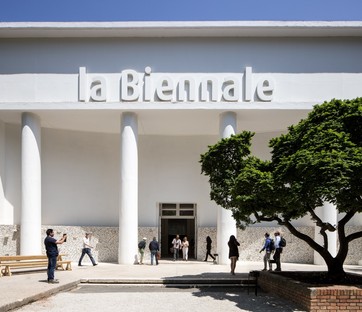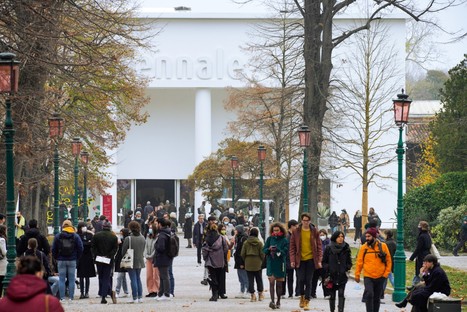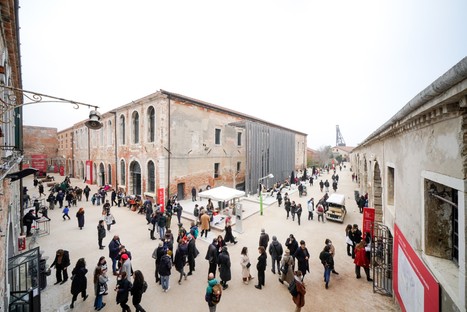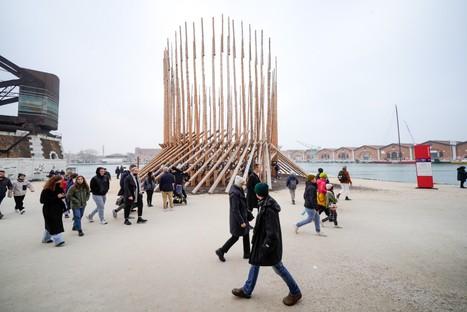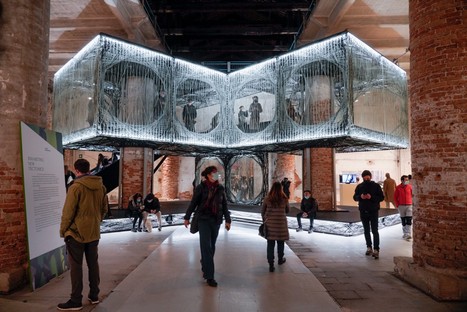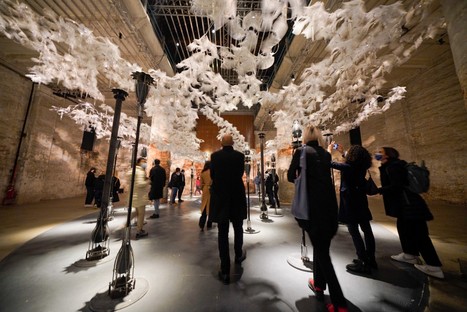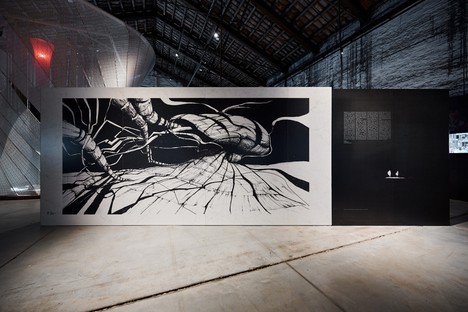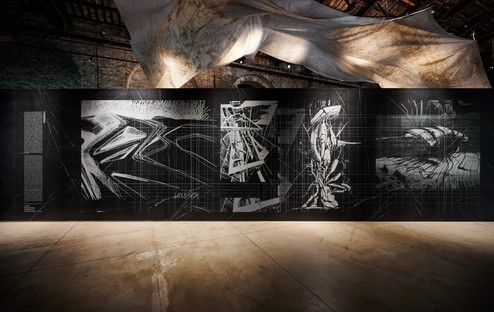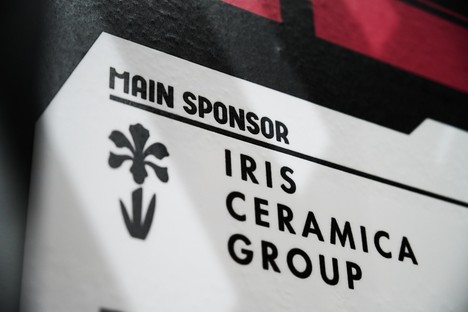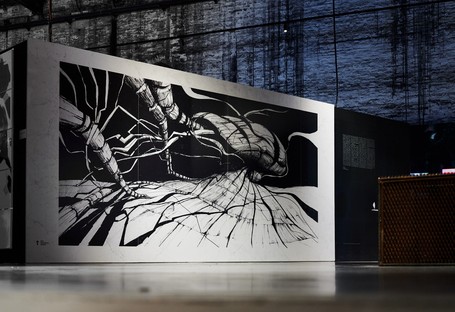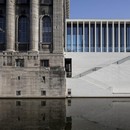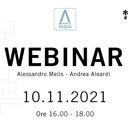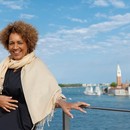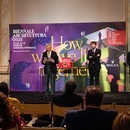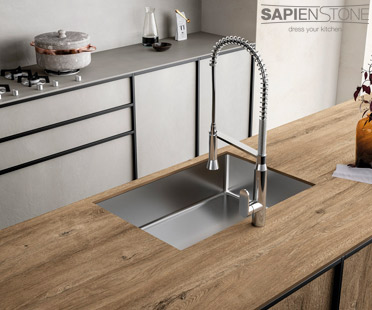25-11-2021
The themes of COP26 and of the Venice Biennale in the webinars organised by the Iris Ceramica Group
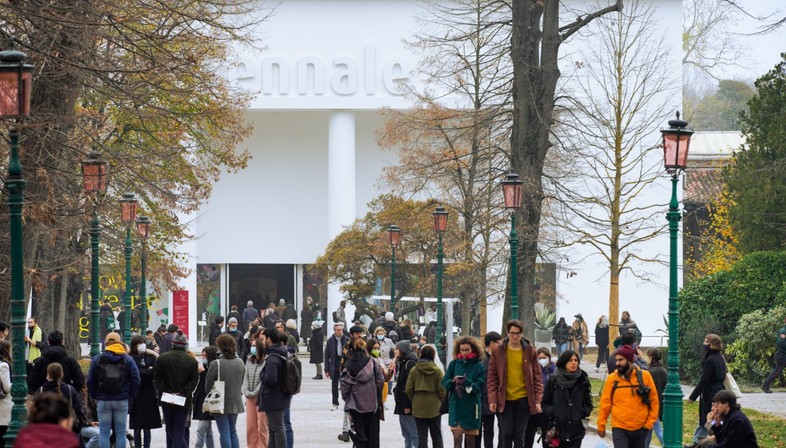 The 17th International Architecture Exhibition of the Biennale di Venezia, curated by architect Hashim Sarkis recently concluded on Sunday, November 21, with important results. Indeed, between tickets sold and pre-opening events, the prestigious exhibition recorded over 300,000 visitors, numbers that made it possible to surpass the 2018 pre-Covid edition. Despite the many limitations imposed by the pandemic on international and national travel, the necessary compliance with the rules of access and physical distancing, this edition therefore clearly represented a challenge won. For the president of the Biennale, Roberto Cicutto, the excellent result achieved is also indicative of an important awareness on the part of visitors: that of considering culture an indispensable element and not a secondary factor to the quality of life. An awareness in part also influenced by the extraordinary event experienced in the last two years, but above all by the exceptional quality of the production of the exhibition curated by Hashim Sarkis. The theme proposed by the Lebanese architect, in unsuspecting times, has proved to be more necessary, more current and more urgent than ever, in light of the subsequent pandemic experience.
The 17th International Architecture Exhibition of the Biennale di Venezia, curated by architect Hashim Sarkis recently concluded on Sunday, November 21, with important results. Indeed, between tickets sold and pre-opening events, the prestigious exhibition recorded over 300,000 visitors, numbers that made it possible to surpass the 2018 pre-Covid edition. Despite the many limitations imposed by the pandemic on international and national travel, the necessary compliance with the rules of access and physical distancing, this edition therefore clearly represented a challenge won. For the president of the Biennale, Roberto Cicutto, the excellent result achieved is also indicative of an important awareness on the part of visitors: that of considering culture an indispensable element and not a secondary factor to the quality of life. An awareness in part also influenced by the extraordinary event experienced in the last two years, but above all by the exceptional quality of the production of the exhibition curated by Hashim Sarkis. The theme proposed by the Lebanese architect, in unsuspecting times, has proved to be more necessary, more current and more urgent than ever, in light of the subsequent pandemic experience.The last week of the opening of the 17th International Architecture Exhibition, also saw the conclusion of the offer of webinars promoted by the Iris Ceramica Group as part of Resilient Communities - Italian Pavilion at the Biennale di Venezia and organised by The Plan magazine. Thanks to the contributions of the many and important international guests on hand, introduced by architect Alessandro Melis curator of the Italian Pavilion and by prof. Roberto Buizza, physicist and mathematician at the Scuola Sant’Anna Pisa, and moderated by Nicola Leonardi, managing editor of The Plan, the themes of COP26, the 26th United Nations Climate Change Conference of the Parties were addressed and adapted to the architectural landscape.
The offer proposed by the Iris Ceramica Group recorded a high and interested participation on the part of architects and consisted of two series of webinars.
The first series, divided into four webinars – (Architecture and Mitigation, Architecture and Adaptation, Climate change and creativity, Architecture and integration) – explicitly concerned contributions, from an architectural point of view, to the pressing and urgent issues addressed in COP26, held in Glasgow from October 31 to November 13.
The second group of webinars, instead, consisted of two meetings focused on the theme of resilience. Resilience which, in the projects exhibited during the streamed events, was proposed as an approach, an application and a result to aim for. In particular, the cases examined looked at the different processes of urban regeneration, some already in progress, others in the process of being defined, carried out in what have been defined as the so-called "media cities". This term refers to a series of medium-sized Italian cities to which, on the occasion of the Venice Biennale, the Italian Pavilion has given an important visibility. In particular, the virtuous projects with which the current emergencies were tackled in these cities and the territorial planning underway for the future were presented. A concrete and important example of just how the unique nature of the Italian territory, namely the absence of large metropolises and the presence of an aggregation of medium and small towns and villages with their own strong "identity" does not always constitute a critical issue, but also a resource for the future.
(Agnese Bifulco)
Images courtesy of La Biennale di Venezia and Iris Ceramica Group
La Biennale di Venezia: photo by Francesco Galli (01), Andrea Avezzù (02-06)
Iris Ceramica Group: photo (07-10)










